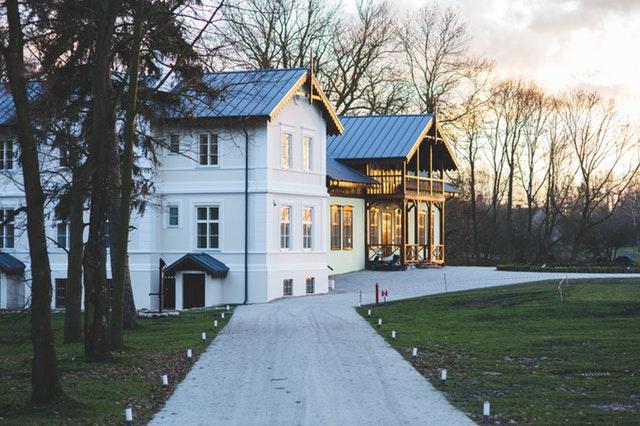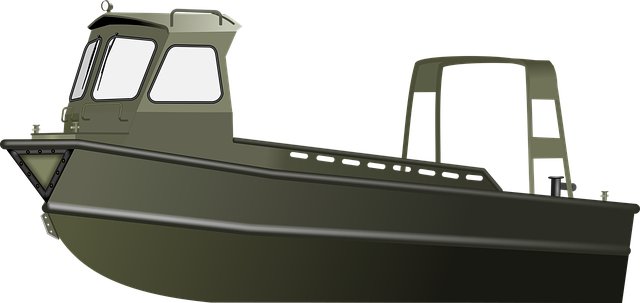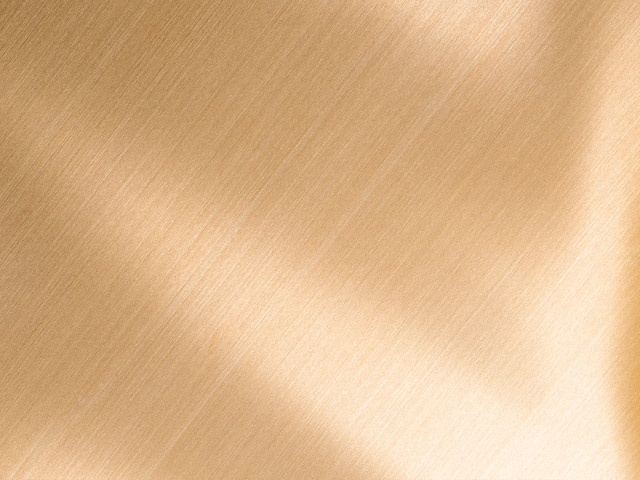Brass is one of those metals that you can consider common yet valuable. That’s because it is widely used for various commercial and industrial applications and yet it’s a little bit pricier than other metals of its kind. If you’re planning to use brass as a roofing material, you have to be ready to fork out substantial sums of money. With the following benefits of brass, however, you’ll definitely get the most bang for your buck in the end.
Durability
Metal is among the most durable roofing materials. With proper coating and maintenance, a standard metal roof can last up to 50 years. That, however, is galvanized steel. Over time, the zinc on the surface of the roof panels will leach out and the iron content of the steel underneath it will start reacting to oxygen to form rust. Brass roof, on the other hand, can last for decades or even centuries even with minimal upkeep. That’s because brass doesn’t rust like other metals. It also contains copper, which is capable of passivation, a process that allows the formation of patina on its surface.
Elegance
There’s no question to how elegant-looking brass can be even as a secondary material for any product or structure. Imagine how well it could enhance the look of your home when you use it as a roofing material. With proper patination, you can produce just the right hue (neither too shiny nor too sharp) to match your home’s architecture or at least the motif of each occasion your family celebrates.
Endurance
Brass is a fairly tough metal. It can withstand the strongest winds and hailstorms. You don’t even have to worry much about roofers walking haphazardly on its surface during inspection and repair because it won’t easily succumb to pressure. In case you’re not satisfied with the thickness on the material specifications presented to you by your contractor, you can decide to replace it with thicker panels to increase its toughness.
Flexibility
Like other types of metal, brass can easily be coated. Ordinary paint can easily adhere to its surface and not peel off quickly. If you want your brass roof to match every occasion you celebrate, simply put a fresh coat of paint every time you’re changing your home exterior’s motif. Nevertheless, it would be better to just leave the natural color and sheen of your brass roof unchanged to make the most out of its natural beauty.
These are only some of the amazing benefits of using brass for your roofing. Before installing one, however, make sure that you find a reputable supplier like Rotax Metals that can provide you with the highest quality materials around. You’ll be spending a considerable amount for this project so it’s only fair that you invest in the best material, be it brass angle, tube, or sheet. After all, using quality materials means your roof will be able to last for decades, saving you money on repair and replacement in the long run.
Source:
Learn About the Properties and Uses of Brass Metal, thebalance.com




